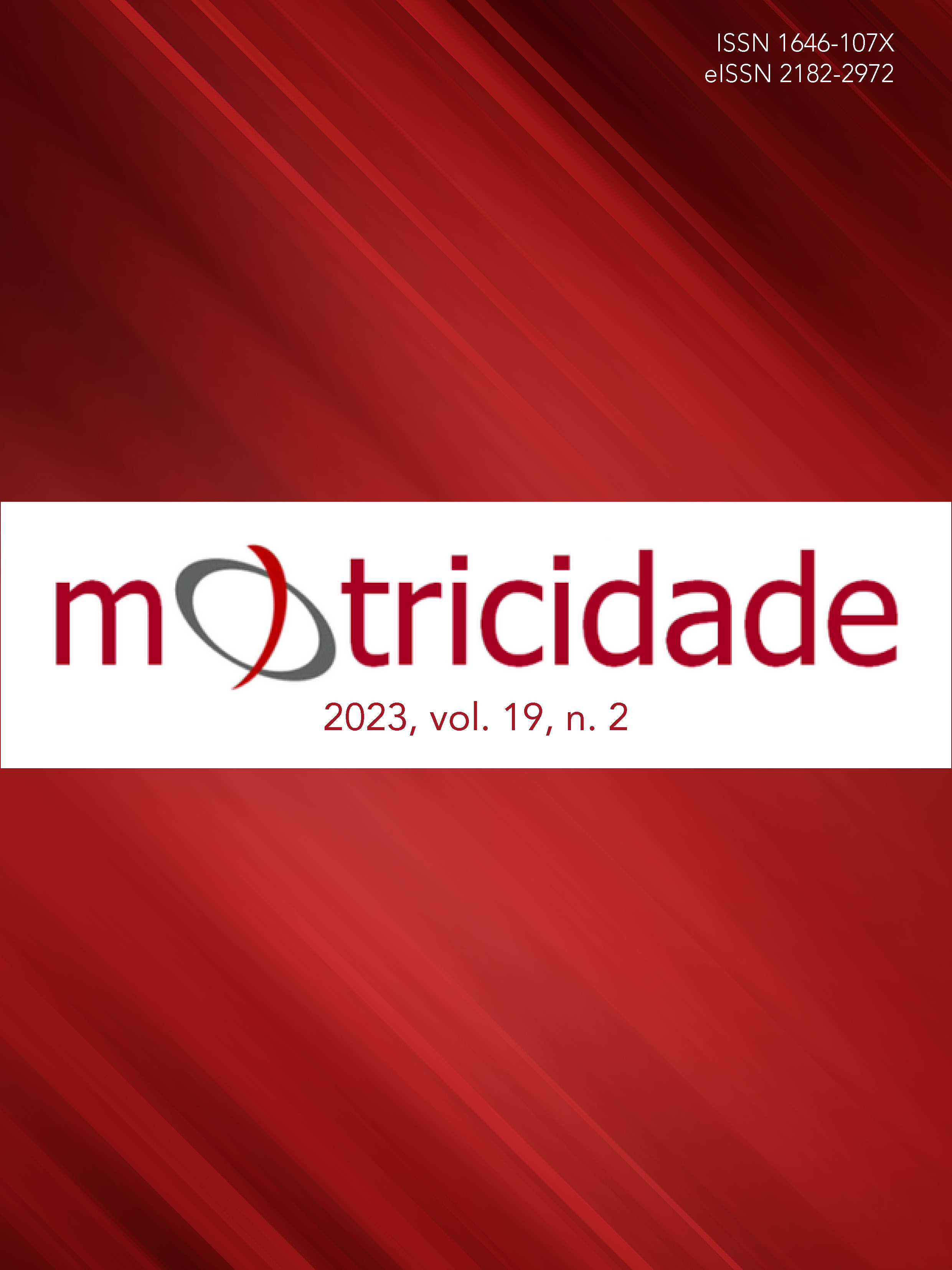Bioimpedance Phase Angle and Muscle Strength Performance in Young Male Volleyball Athletes
DOI:
https://doi.org/10.6063/motricidade.30652Keywords:
Non-invasion team sports, body composition, muscle power, sports trainingAbstract
Volleyball performance depends partially on lower limb strength. The phase angle (PhA) is a marker of functional muscle mass and a surrogate measure of athletic muscle performance. This study aimed to verify the correlation between PhA (bioimpedance) and lower limb muscle strength in young volleyball athletes. The sample included 38 young male volleyball athletes (Age: 16.7±1.3 years; Weight: 73.7±9.7 kg; Height: 179.3±6.9 cm). We performed a cross-sectional observational study and evaluated the volleyball athletes for vertical jump tests (Counter-Movement Jump: CMJ and Squat Jump: SJ) and whole-body bioimpedance. The Pearson test showed positive and moderate significant correlations between the PhA, CMJ, and SJ (r=0.550 and r=0.559, respectively). Our findings demonstrated that assessing the PhA through bioimpedance provides relevant measures of muscle strength and power in young volleyball athletes.
Downloads
Published
Issue
Section
License
The authors of submitted manuscripts must transfer the full copyright to Journal Motricidade / Sílabas Didáticas Editions. Granting copyright permission allows the publication and dissemination of the article in printed or electronic formats, and copyrights start at the moment the manuscript is accepted for publication. It also allows Journal Motricidade to use and commercialise the article in terms of licensing, lending or selling its content to indexation/abstracts databases and other entities.
According to the terms of the Creative Commons licence, authors may reproduce a reasonable number of copies for personal or professional purposes, but without any economic gain. SHERPA/RoMEO allows authors to post a final digital copy (post-printing version) of the article on their websites or on their institutions' scientific repository.


